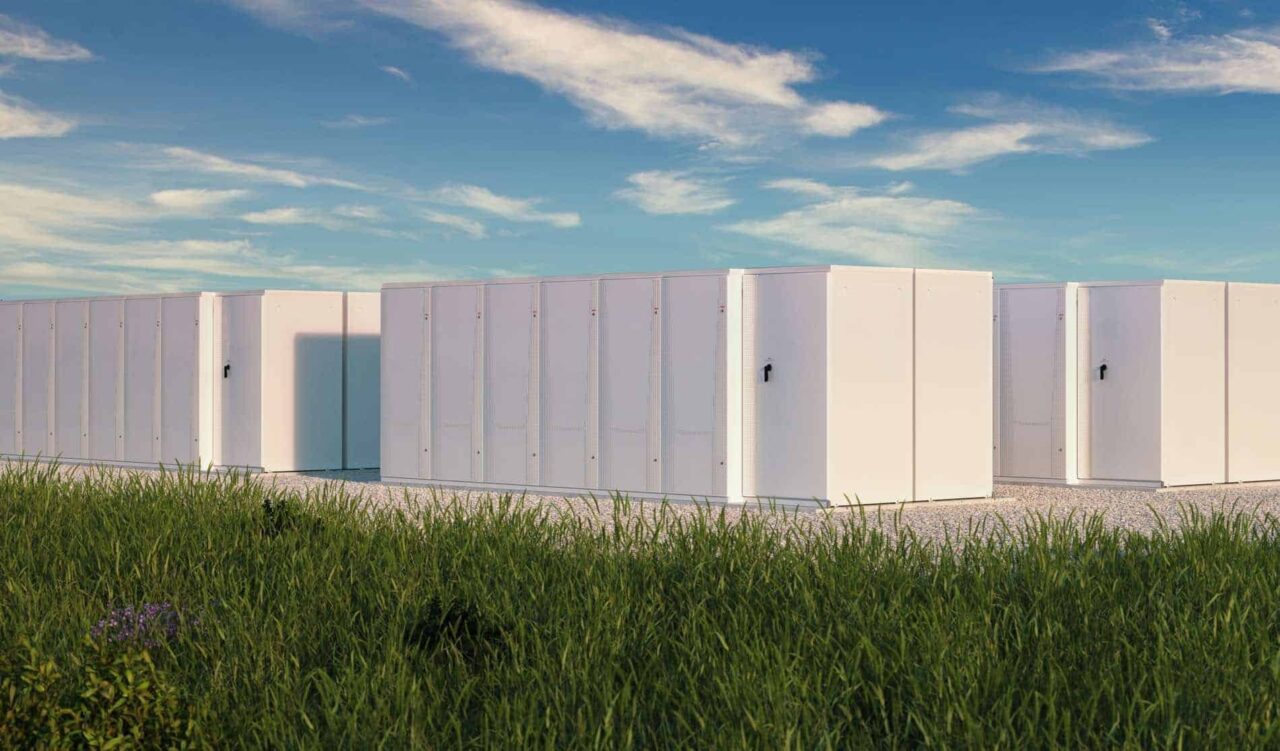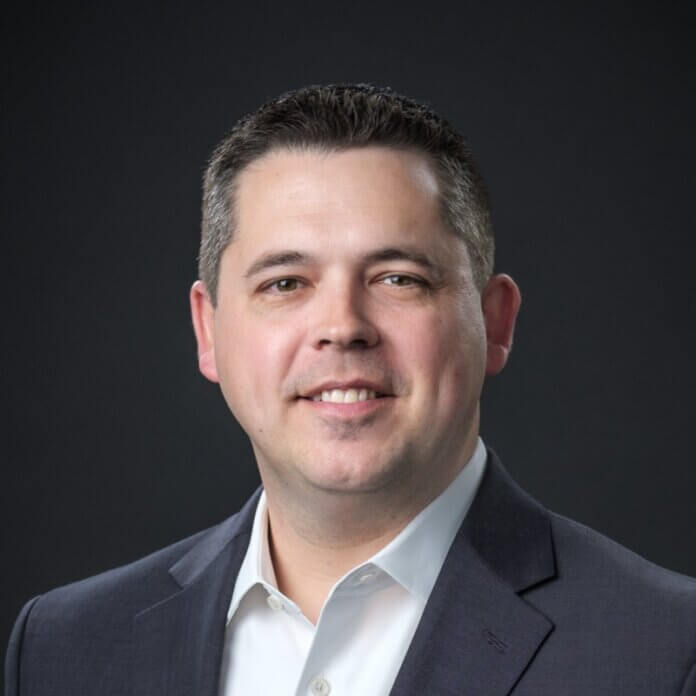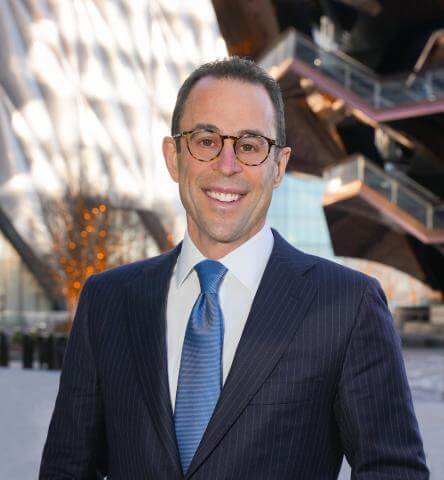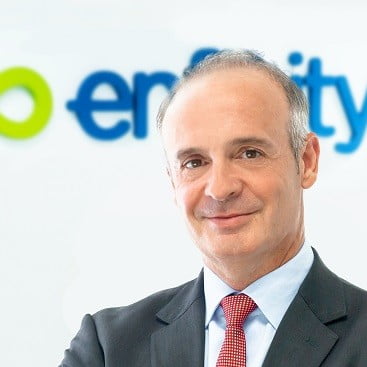The government’s ambition is clear: to establish a globally competitive battery supply chain that not only bolsters economic prosperity but also propels the nation toward a net zero future.
In this pursuit, the UK aspires to lead the world in sustainable battery design, manufacturing, and utilisation, all while nurturing a thriving battery innovation ecosystem. As we delve into the details of the strategy, it becomes evident that while it presents a roadmap for supporting innovation in battery technologies, it also has limitations, particularly in its minimal focus on utility scale battery energy storage systems (BESS).
This article explores the impact of the UK Battery Strategy on the broader energy landscape and delves into the critical question: How does it impact the UK BESS industry?
The UK Battery Strategy lays out a ‘DESIGN-BUILD-SUSTAIN approach’ that will achieve the Government’s aims. This strategy outlines an approach for the UK government to support innovation in battery technologies. It is not comprehensive however and is concentrated on enhancing and protecting supply chains for electric vehicles.
DESIGN focuses on supporting innovation across the battery value chain and of financing mechanisms.
BUILD focuses on building the resilience of the UK battery manufacturing supply chains, and international collaboration and support, alongside supporting energy intensive industries, speeding up energy grid connections and planning and permitting reform actions.
SUSTAIN focuses on facilitating skills for the sector and ensuring collaboration with international partners on green trade.
The strategy outlines investment of over £2 billion (US$2.53 billion) of new capital and R&D funding for five years to 2030, an additional £38 million to enhance the UK Battery Industrialisation Centre development facilities, £12 million in the Advanced Materials Battery Industrialisation Centre, and £11 million in 20 Faraday Battery Challenge competition winners developing technologies across the battery value chain.
The UK Battery Strategy outlines the potential for the UK to be global leaders of the sector industry and manufacturing.
The risks posed by the UK neglecting the opportunity to become a leader are acknowledged in this document in terms of both the economy and security. The significance of global cooperation and market entry alongside ensuring foreign investments occur are discussed.
How does it impact the UK BESS industry?
The UK Battery Strategy is an important first step to shape the UK into a global leader in the storage sector. However, the strategy gives minimal attention to utility-scale storage, which is vital to the UK’s goal of achieving net zero by 2050. The report primarily focuses on supply chains, manufacturing, and R&D for the EV sector.
The EV sector is undeniably important for the UK to achieve net zero by 2050, but the importance of BESS for national grid projects and the need for improved related policy has been neglected.
The BESS industry currently faces a myriad of challenges that this strategy does little to address beyond what British Prime Minister Rishi Sunak discussed in his announcement of a supposed new approach to net zero policy, made on 20 September 2023. Sunak announced plans for a spatial plan for infrastructure, and to speed up the planning process for Nationally Significant Infrastructure Projects (NSIPs) and grid connection waiting times for renewable energy developments.
The strategy reaffirms Sunak’s commitment to planning reforms which we at Atlantic Green welcome. We understand first-hand the challenges for approval to be granted for renewable energy developments and the need to speed up grid connection waiting times which hinder the UK in its aim to reach net zero by 2050.
The strategy seeks to confirm the UK Government’s commitment to renewables in the UK by reiterating commitments made previously in the 2023 Autumn Statement (essentially a regular progress report on the UK economy made by the Chancellor of the Exchequer). The Autumn Statement revealed the government’s intention to respond comprehensively to the Winser Review on grid connections, potentially bringing in an extra £90 billion in investment over the next decade – a positive step.
However, this commitment appears at odds with Chancellor Jeremy Hunt’s criticism of opposition party Labour’s £28 billion green investment plan. He seems to overlook that future generations will see this spending not just as a financial duty but as their responsibility, as they will benefit from it.
Questions over government commitment to net zero promise
Additionally, the government’s promise to speed up planning processes is good news for renewable energy developers, offering hope for a quicker transition to sustainable energy.
The path forward seems promising, but the real risk lies in failing to keep these promises, something we are all too used to in the renewables sector.
The UK Government faced sharp criticism in September regarding its policy U-turn to delay the ban on petrol and diesel cars from 2030 to 2035. Widespread backlash was felt in July when the granting of new oil and gas licenses in the North Sea was announced which appears to be quite contradictory to the UK reaching net zero by 2050.
The contradictory approach taken by the UK government towards renewable energy and measures to be a global leader tackle climate change does cause the government’s commitment to reaching net zero by 2050 to be called into question.
The UK Government’s recent barrage of policy announcements committing to net zero either suggests a renewed commitment or merely a shoring up of green credentials as a general election approaches.
Regardless of the reasoning behind the commitments, what is needed is continuity in following through on commitments of the current government by the government that is in power after the next election, which by law must be held before the end of 2024.
The UK Battery Strategy charts a course towards a more sustainable and prosperous future. While it holds the promise of significant positive changes in the energy landscape and renewable sectors, it also raises questions about the government’s ability to maintain consistency in its commitments.
As the UK strives to reach its ambitious net zero target by 2050, the strategy’s focus on electric vehicle supply chains and manufacturing, while neglecting the utility-scale BESS industry, underscores the importance of a balanced approach.
The government’s recent policy shifts and apparent contradictions have left observers wondering about the authenticity of its commitment. Whether driven by renewed determination or electoral considerations, the key to success lies not only in making commitments but in honouring them, regardless of who holds the reins of power in the years to come.
About the Author
Nick Bradford is the Managing Director at Atlantic Green, a Battery Energy Storage developer. Atlantic Green is currently developing a pipeline of Battery Energy Storage with a total capacity of c. 500 MW. Atlantic Green recently picked up two wins, for Newcomer/Startup of the Year and Challenge of the Year at the Energy Storage Awards 2023, hosted by Energy-Storage.news publisher Solar Media.
Solar Media will host the 9th annual Energy Storage Summit EU in London, 20-21 February 2024. This year it is moving to a larger venue, bringing together Europe’s leading investors, policymakers, developers, utilities, energy buyers and service providers all in one place. Visit the official site for more info.
Continue reading










